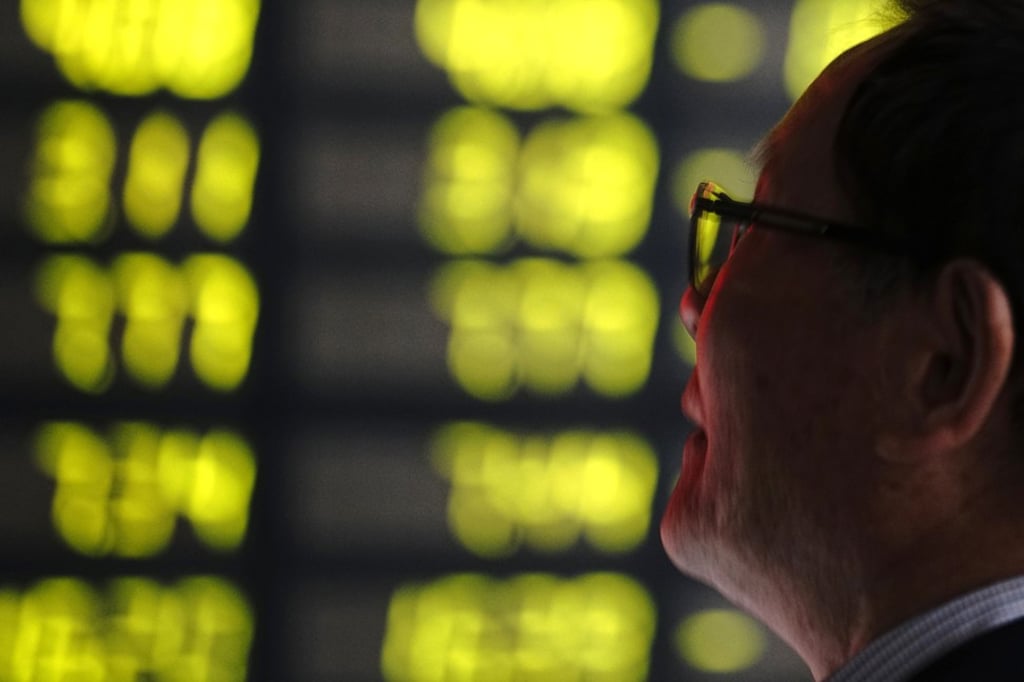China’s economic outlook will worsen if US puts tariffs on remaining exports, Fitch Ratings says
- US President Donald Trump’s trade war escalation could have severe impact on Chinese economy
- China’s growth predicted to be 6.1 per cent this year absent any further sanctions, but it may need to take more aggressive policy action if tariff increases comes in

China’s economy could lose momentum this year, should the United States carry out its plan of imposing tariffs on most remaining Chinese exports, according to Fitch Ratings.
The move would put pressure on Beijing to come up with additional stimulus measures to counter the impact and would further imperil the Chinese economy, which had looked to strengthen in the first quarter of the year, but which has since shown signs of weakness.
The economy grew at 6.4 per cent in the first quarter this year, the slowest growth rate in almost 30 years, due in part to the increasing impact of the US trade war, but this was still better than the expectations of many analysts.

Days later, the US instigated a process of rolling out tariffs of up to 25 per cent on what Fitch estimates to be a further US$290 billion of Chinese goods, representing almost all of the imports that had yet to be subject to tariffs, excluding certain pharmaceutical goods and rare earth minerals. The US government puts the figure at US$300 billion.